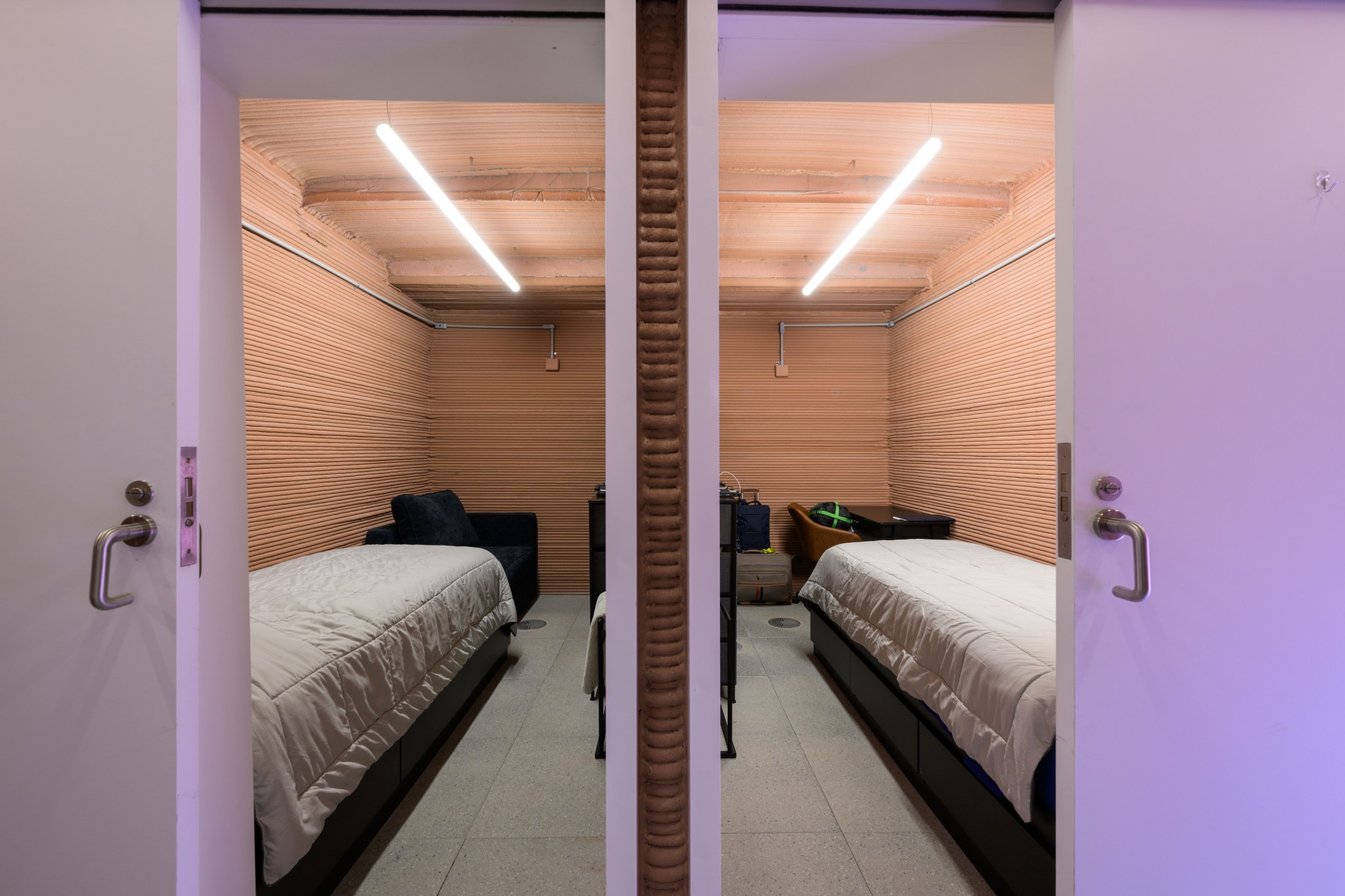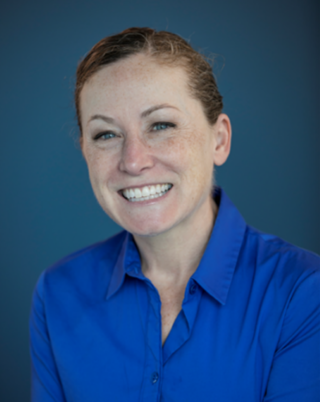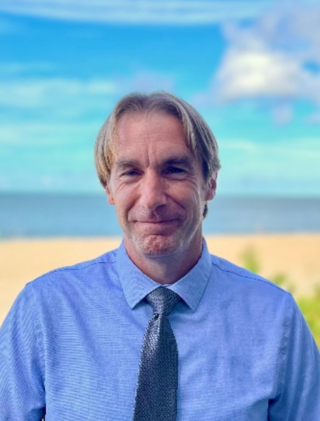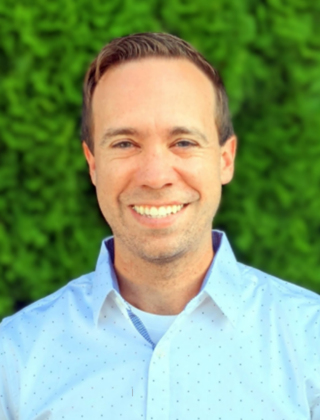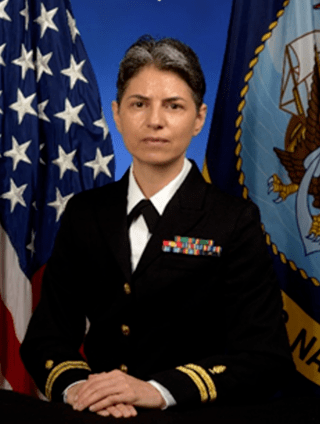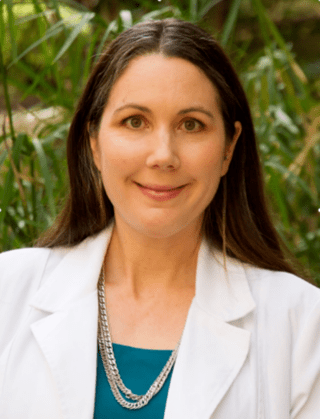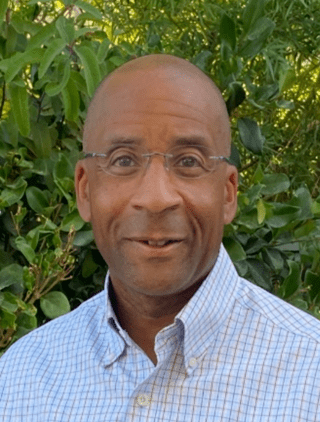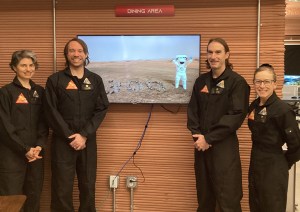Editor’s Note, June 22, 2023: The crew roster for mission 1 of the Crew Health and Performance Exploration Analog, or CHAPEA, has been updated.
NASA has selected four participants to embark on the agency’s first one-year analog mission in a habitat to simulate living on Mars.
CHAPEA, or Crew Health and Performance Exploration Analog, is a ground-based mission, set to begin in June at the agency’s Johnson Space Center in Houston. The mission is the first of three planned one-year Mars surface simulations, during which crew members will live and work in a 3D-printed, 1,700-square-foot habitat.
Researchers will simulate the challenges of a human mission to Mars, including resource limitations, equipment failure, communication delays, and other environmental stressors.
“The simulation will allow us to collect cognitive and physical performance data to give us more insight into the potential impacts of long-duration missions to Mars on crew health and performance,” said Grace Douglas, CHAPEA principal investigator. “Ultimately, this information will help NASA make informed decisions to design and plan for a successful human mission to Mars.”
NASA is establishing a long-term presence at the Moon for science and exploration through Artemis. Knowledge gained on and around the Moon will help send the first astronauts to Mars in the future.
The participants were selected through NASA’s 2021 call for applicants.
Kelly Haston, commander
Haston, a registered member of the Mohawk Nation of the Six Nations of the Grand River in Canada, is a research scientist with experience building models of human disease. She has spearheaded innovative stem cell-based projects deriving multiple cell types for work in infertility, liver disease, and neurodegeneration.
Haston earned a Bachelor of Arts in integrative biology and a Master of Arts in endocrinology from the University of California, Berkeley, and a doctorate in biomedical sciences from the University of California, San Francisco (UCSF), and Stanford University in Palo Alto, California, where she combined animal and cell-based approaches to discover biological defects associated with infertility. Haston’s postdoctoral work at both Harvard University in Cambridge, Massachusetts, and UCSF’s Gladstone Institutes focused on amyotrophic lateral sclerosis.
Ross Brockwell, flight engineer
Brockwell, from Virginia Beach, Virginia, is a structural engineer and public works administrator. His work focuses on infrastructure, building design, operations, and organizational leadership.
Brockwell earned a Bachelor of Science in civil engineering from the Georgia Institute of Technology in Atlanta, and a Master of Science in aeronautics from the California Institute of Technology in Pasadena. He holds professional certifications from the U.S. Green Building Council, the Institute for Sustainable Infrastructure, and is a certified planning commissioner.
Nathan Jones, medical officer
Jones, from Springfield, Illinois, is a board-certified emergency medicine physician specializing in prehospital and austere medicine. He currently works as an emergency medicine physician, emergency medical director, and tactical medical physician at Springfield Memorial Hospital. Jones also is an associate professor of emergency medicine at the Southern Illinois University School of Medicine.
He earned a Bachelor of Science in molecular and cellular biology from the University of Illinois at Urbana-Champaign and a Medical Doctorate from Southern Illinois University School of Medicine. He completed a residency in emergency medicine at the University of Illinois College of Medicine at Peoria.
Anca Selariu, science officer
Selariu is a microbiologist in the U.S. Navy. Her experience spans viral vaccine discovery and manufacturing, prion transmission, gene therapy development, and infectious disease research project management.
Selariu earned a Bachelor of Science in philology from the University of Transylvania, Romania, a Bachelor of Science in biochemistry from Montclair University, New Jersey, and a doctorate in interdisciplinary biomedical sciences from Rutgers University, New Jersey. She also completed a postdoctoral fellowship at the Prion Research Center, Colorado State University in Fort Collins.
Alyssa Shannon, former primary crew member
Shannon, from Sacramento, California, is an advanced practice nurse at the University of California, Davis, Medical Center. She has a strong interest in data visualization and the use of accurate data to improve patient outcomes.
Shannon originally worked as an elementary school teacher before returning to school to earn a Bachelor of Science in nursing. After working as a telemetry Registered Nurse, she earned a Master of Science from UCSF as a cardiovascular clinical nurse specialist with a minor in genetics.
Trevor Clark, former back-up crew member
Clark, from Thousand Oaks, California, is a senior principal engineer in the aerospace and defense industry. He develops machine learning algorithms and deep neural networks for enhancing advanced sensor systems capabilities with artificial intelligence.
Clark earned a Bachelor of Science in electrical engineering from the U.S. Air Force Academy and was commissioned as an Air Force officer upon graduation. He earned a Master of Science in electrical engineering from California State University, Fresno, while still on active duty. Clark honorably separated from the Air Force at the rank of major.
NASA is leading a return to the Moon for long-term exploration. Through the Artemis missions, NASA will land the first woman and first person of color on the Moon, using innovative technologies to explore more of the lunar surface than ever before. Lessons learned on and around the Moon and activities like CHAPEA on the ground will prepare NASA for the next giant leap: sending astronauts to Mars.





























